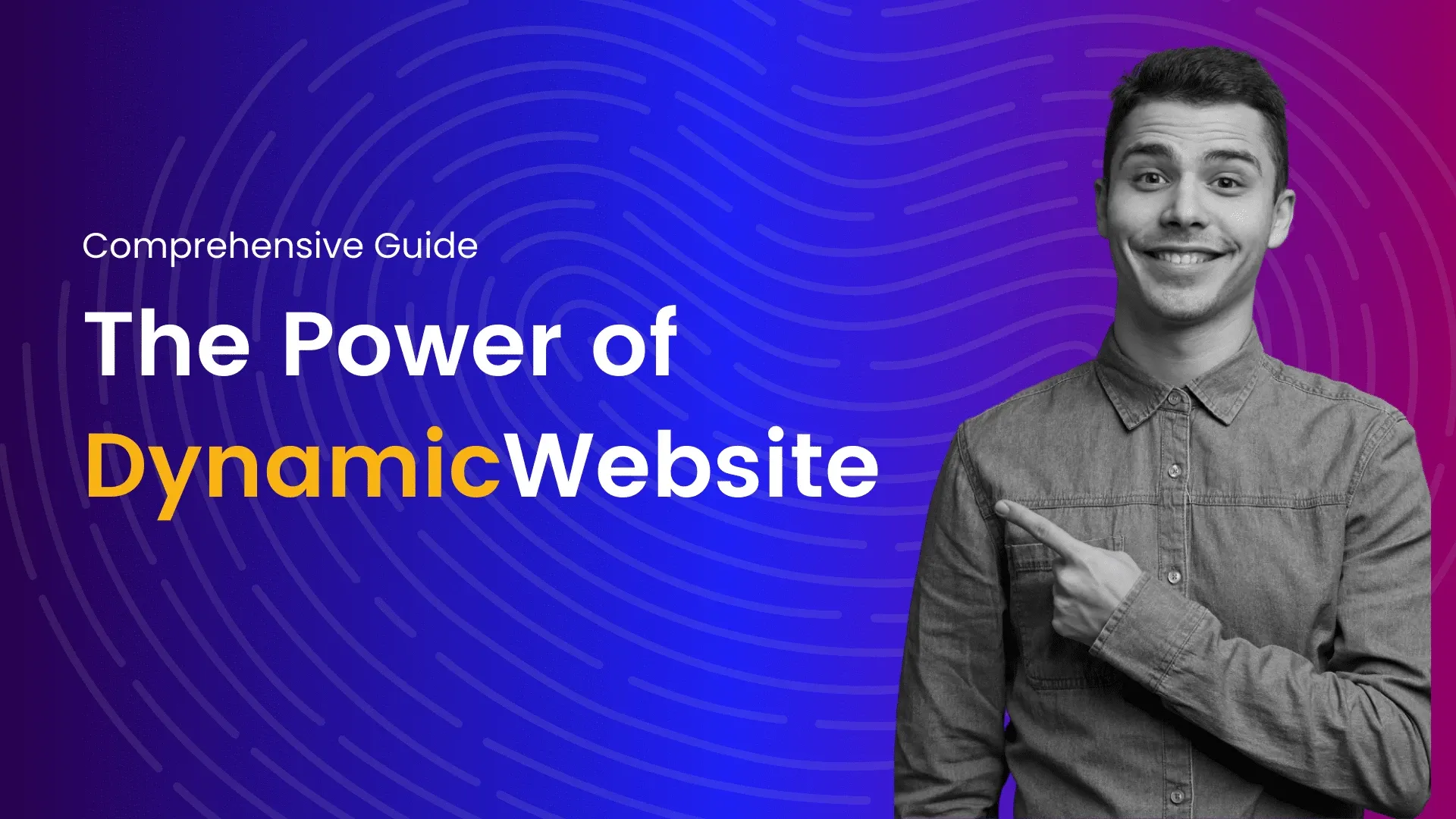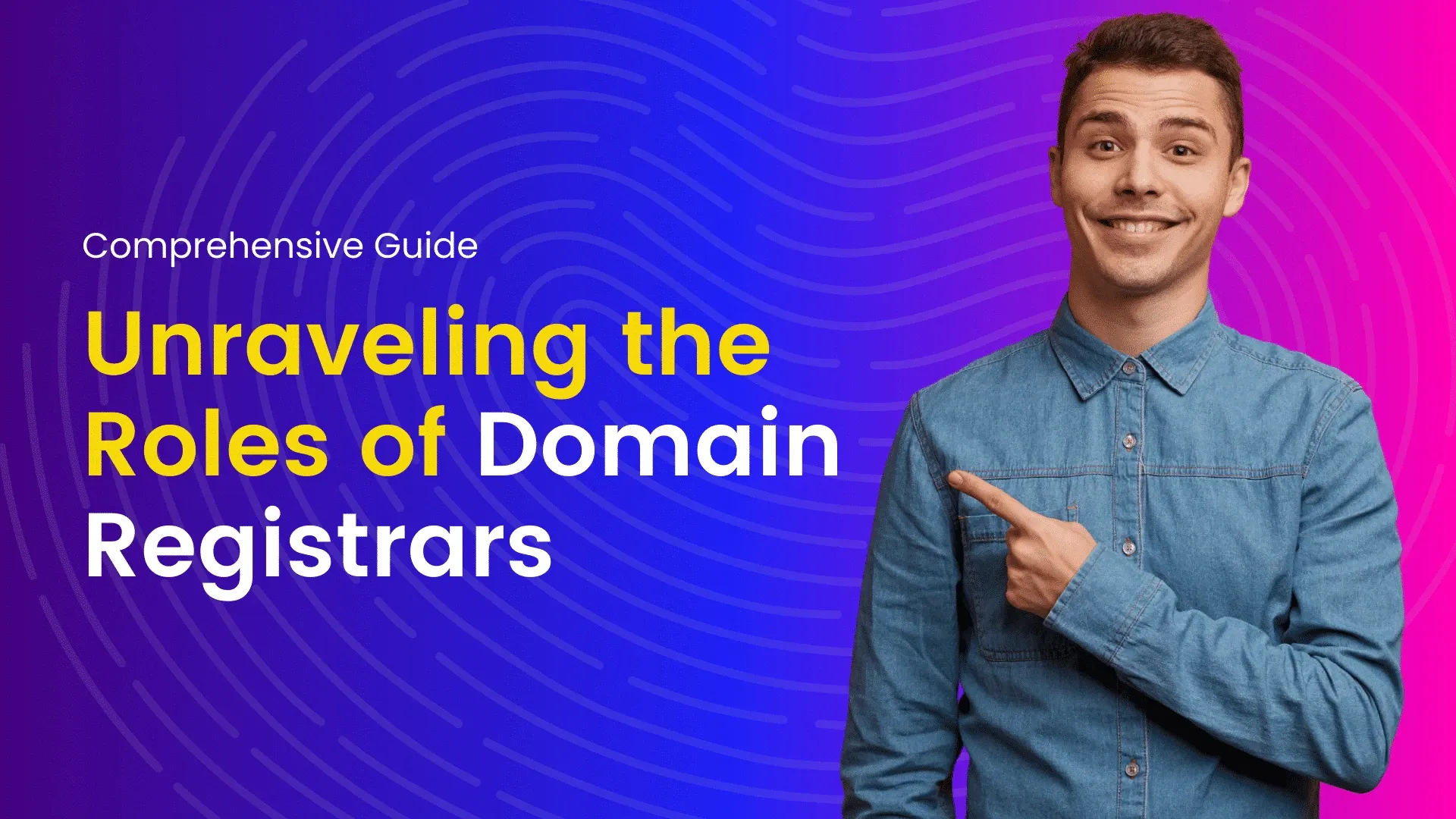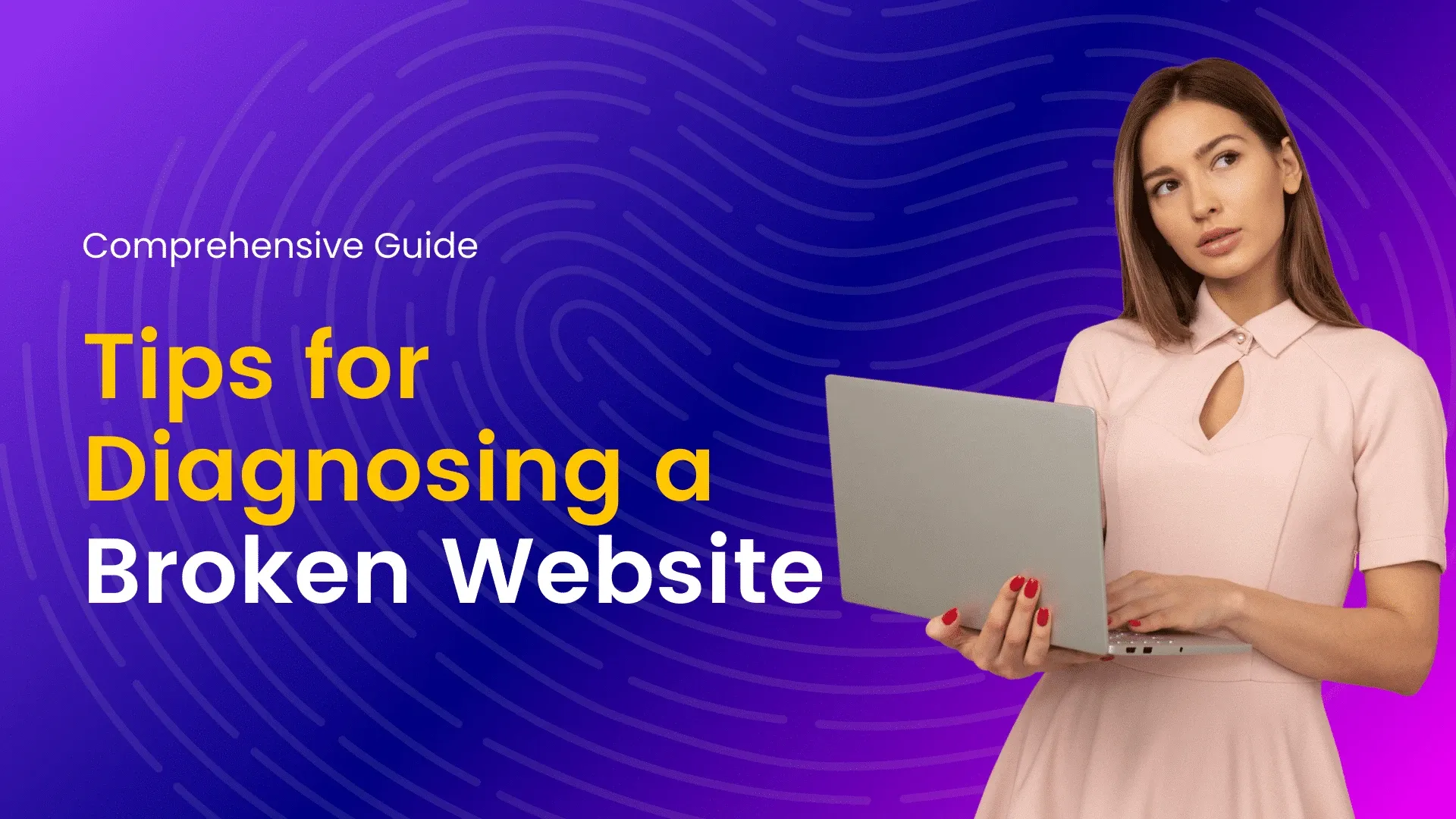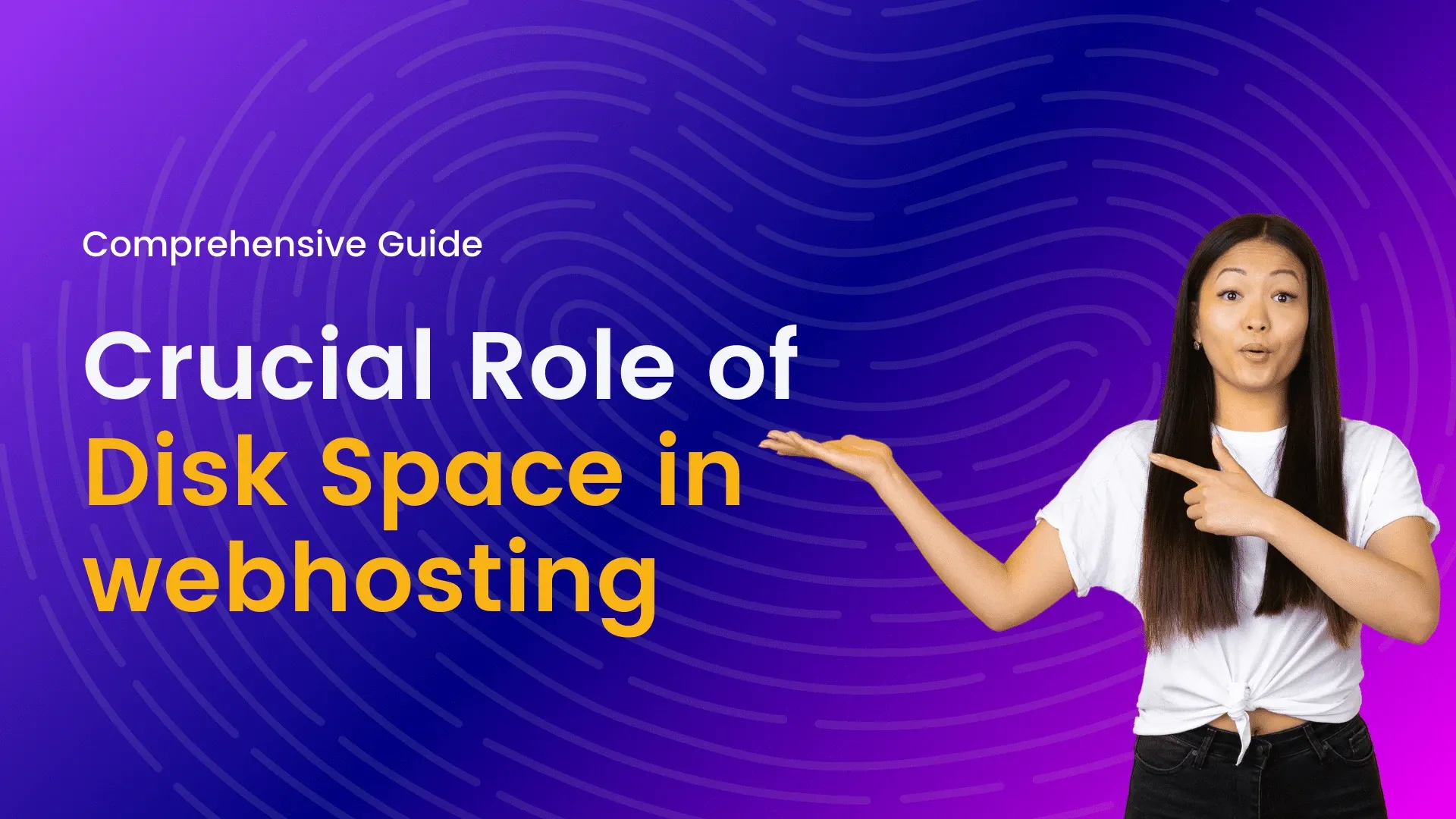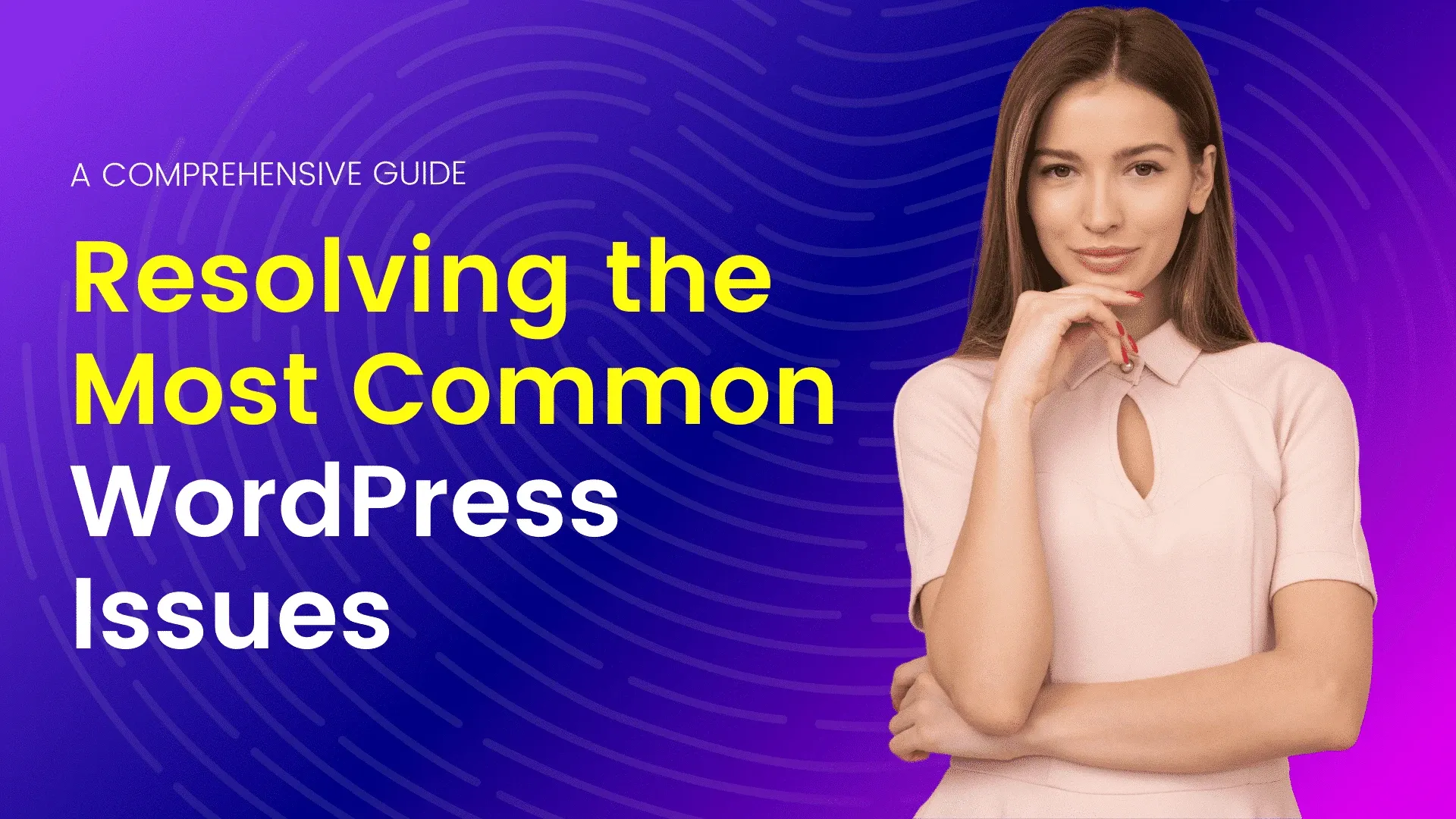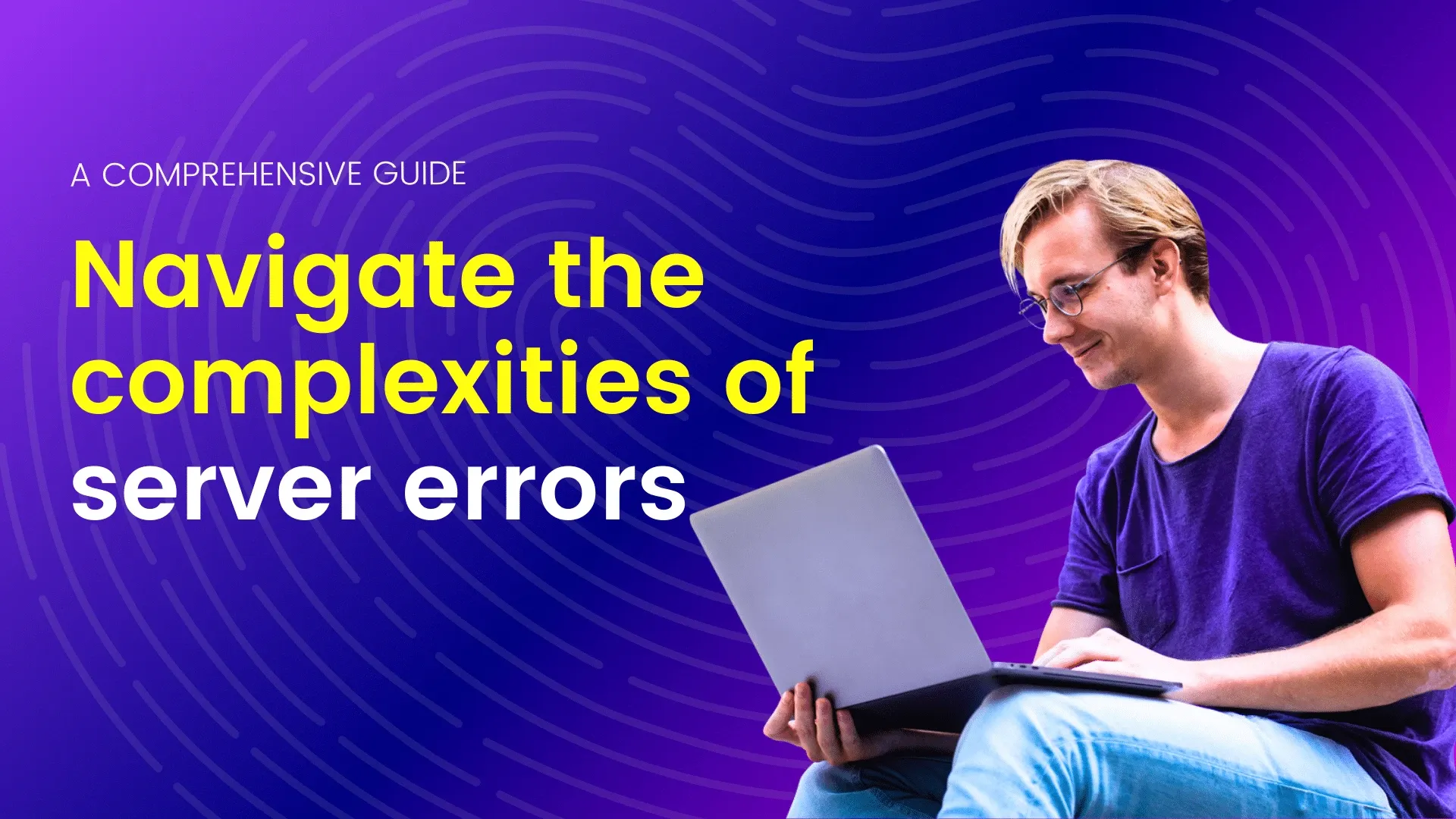In today’s interconnected digital landscape, integrating email with social media is essential for maximizing the reach and effectiveness of your online marketing efforts. By combining the power of email marketing with the vast audience and engagement potential of social media platforms, businesses can amplify their message, build stronger relationships with their audience, and drive better results. In this article, we’ll explore how to seamlessly integrate email with social media to create a cohesive and impactful marketing strategy.
Why Integrate Email with Social Media?
Email marketing and social media marketing are both powerful tools on their own, but when used together, they become even more potent. Here’s why integrating the two is crucial:
- Expanded Reach: Social media platforms boast millions, if not billions, of active users. By integrating your email marketing efforts with social media, you can tap into these extensive networks to expand your reach and connect with a larger audience.
- Increased Engagement: Social media is all about engagement and interaction. By incorporating social elements into your email campaigns, such as encouraging subscribers to share your content or follow you on social platforms, you can foster deeper engagement with your audience.
- Enhanced Brand Consistency: Integrating email with social media helps maintain consistency across your marketing channels. Your messaging, branding, and content remain coherent, reinforcing your brand identity and message regardless of the platform.
- Data Enrichment: Social media provides valuable insights into your audience’s interests, behaviors, and preferences. By integrating social media with your email marketing efforts, you can gather additional data to better segment your email lists and personalize your campaigns.
Strategies for Integrating Email with Social Media
Now that we understand the importance of integrating email with social media, let’s delve into some effective strategies for doing so:
- Cross-Promotion: Include social media icons and links in your email campaigns, encouraging subscribers to follow you on various platforms. Similarly, promote your email newsletter across your social media profiles to attract more subscribers.
- Social Sharing Buttons: Make it easy for recipients to share your email content on their preferred social media platforms by including social sharing buttons within your emails. This enables subscribers to amplify your message to their own networks, extending your reach organically.
- Exclusive Social Offers: Reward your email subscribers with exclusive discounts, promotions, or content that they can only access by following you on social media. This not only incentivizes them to connect with you on social platforms but also strengthens their loyalty to your brand.
- User-Generated Content Campaigns: Encourage subscribers to share their experiences with your products or services on social media using a specific hashtag. Curate and showcase this user-generated content in your email campaigns, demonstrating social proof and fostering a sense of community among your audience.
- Integrated Campaigns: Plan integrated marketing campaigns that span both email and social media channels. Develop cohesive messaging and creative assets tailored to each platform, ensuring a unified brand experience across all touchpoints.
- Social Listening and Engagement: Monitor social media channels for mentions, comments, and conversations related to your brand or industry. Use this valuable feedback to inform your email content strategy and engage with your audience in meaningful ways.
Tools for Integration
Several tools and platforms can streamline the integration of email marketing with social media. Here are a few noteworthy options:
- Email Marketing Platforms: Leading email marketing platforms like Mailchimp, Constant Contact, and HubSpot often include built-in social media integration features, allowing you to seamlessly connect your email campaigns with your social profiles.
- Social Media Management Tools: Tools such as Hootsuite, Buffer, and Sprout Social enable you to schedule posts, track engagement metrics, and manage multiple social media accounts from a single dashboard, facilitating smoother coordination with your email marketing efforts.
- Social Sharing Plugins: WordPress plugins like Social Warfare and AddThis make it easy to add social sharing buttons to your email templates or website, encouraging visitors to share your content across their social networks.
- Analytics and Tracking: Utilize analytics tools provided by both email marketing platforms and social media networks to measure the effectiveness of your integrated campaigns. Monitor key metrics such as click-through rates, conversion rates, and social engagement to optimize your strategies over time.
How Users’ Social Networks Shape Digital Culture?
In the vast expanse of the digital realm, where information flows ceaselessly and connections span continents with a mere click, the concept of sharing has become paramount. From sharing personal experiences to disseminating knowledge and entertainment, the act of sharing within users’ social networks has emerged as a defining characteristic of our digital culture. This phenomenon not only reflects our innate desire for connection but also shapes the very fabric of how we interact and engage with each other online.
At the heart of this digital sharing culture lies the fundamental human need for connection and community. Social networks serve as virtual hubs where individuals converge to exchange ideas, experiences, and emotions. Whether it’s through status updates, photos, videos, or links, users continuously contribute to this collective pool of content, forming intricate webs of interconnectedness that transcend geographical boundaries. In doing so, they forge bonds, foster empathy, and establish a sense of belonging in an otherwise vast and impersonal digital landscape.
One of the most intriguing aspects of sharing within social networks is its role in shaping identity and self-expression. Through curated profiles and carefully crafted posts, users project facets of their personalities, aspirations, and values to their peers. In this digital theater of self-representation, sharing becomes a means of storytelling—a way to narrate one’s life journey, celebrate achievements, and seek validation from the community. By sharing, individuals not only express themselves but also seek affirmation and validation, thereby reinforcing social bonds and solidifying their sense of identity within the collective consciousness of their social circles.
Moreover, sharing within social networks serves as a catalyst for the dissemination of information and the democratization of knowledge. From news articles to educational resources, users leverage their networks to amplify important messages and spark meaningful discussions. This democratization of information empowers individuals to stay informed, engage critically with diverse perspectives, and participate actively in shaping public discourse. In essence, sharing within social networks fosters a culture of intellectual exchange and collective learning, enriching the digital landscape with a multitude of voices and viewpoints.
However, amidst the myriad benefits of sharing within social networks, challenges and complexities also arise. The rise of fake news, echo chambers, and online polarization underscores the darker side of digital sharing culture. The algorithms that power social media platforms often prioritize sensationalist content and echo chambers, reinforcing existing biases and exacerbating societal divisions. Moreover, concerns regarding privacy, data security, and online harassment loom large, raising questions about the ethical implications of unrestricted sharing within social networks.
In response to these challenges, there is a growing call for responsible and mindful sharing practices within users’ social networks. This entails critical media literacy, digital hygiene, and empathy-driven engagement. By cultivating a culture of discernment and compassion, users can mitigate the spread of misinformation, foster constructive dialogue, and promote digital well-being within their social circles. Moreover, initiatives such as fact-checking campaigns, community guidelines, and privacy controls play a crucial role in safeguarding the integrity and safety of online sharing spaces.
Simplifying Integration with Facebook, Google Analytics, and Beyond
In today’s digital landscape, establishing a strong online presence is essential for businesses and individuals alike. Whether you’re a small startup, a seasoned entrepreneur, or a content creator, leveraging the power of platforms like Facebook and Google Analytics can significantly enhance your reach, engagement, and overall success. However, the process of integrating these tools into your digital ecosystem can often be daunting and complex. Fortunately, there are solutions available that streamline this integration process, making it easier than ever to harness the full potential of these platforms.
Simplifying Integration: The Key to Unlocking Digital Success
Integrating platforms such as Facebook and Google Analytics into your digital strategy offers a plethora of benefits, from gaining insights into user behavior to optimizing advertising campaigns. However, the traditional approach to integration often involves navigating a maze of technical requirements, API documentation, and coding complexities, which can be overwhelming, especially for those with limited technical expertise.
Enter simplified integration solutions. These innovative tools are designed to bridge the gap between various platforms, offering seamless connectivity and intuitive interfaces that require minimal technical know-how. By abstracting away the complexities of integration, these solutions empower users to focus on what matters most: leveraging the insights and functionalities of these platforms to drive growth and achieve their goals.
The Power of Unified Data Insights
One of the most significant advantages of simplified integration is the ability to unify data insights across multiple platforms. Whether you’re running marketing campaigns on Facebook, analyzing website traffic with Google Analytics, or managing customer relationships through a CRM system, having a centralized hub for data aggregation and analysis is invaluable.
With simplified integration solutions, users can effortlessly connect disparate data sources, consolidating information into a unified dashboard for comprehensive analysis. This unified approach enables businesses to gain deeper insights into customer behavior, track the effectiveness of marketing efforts, and make data-driven decisions with confidence.
Seamless Cross-Platform Campaign Management
For businesses operating across multiple digital channels, coordinating marketing campaigns and tracking performance metrics can be a logistical nightmare. Simplified integration solutions streamline this process by providing centralized campaign management tools that span across platforms.
From scheduling posts on social media to tracking ad performance and monitoring website traffic, these solutions offer a unified interface for managing all aspects of your digital presence. This seamless integration eliminates the need for switching between multiple dashboards and allows for real-time tracking and optimization of campaigns, resulting in increased efficiency and effectiveness.
Empowering Accessibility and Scalability
Perhaps the most significant advantage of simplified integration solutions is their accessibility and scalability. Unlike traditional integration methods that require custom development and ongoing maintenance, these solutions typically offer user-friendly interfaces and cloud-based architectures that are accessible to users of all skill levels.
Additionally, simplified integration solutions are designed to scale with your business as it grows. Whether you’re a solo entrepreneur just starting or a large enterprise with complex digital infrastructure, these solutions can adapt to your evolving needs, providing flexibility and agility in a rapidly changing digital landscape.
Conclusion
Integrating email with social media is a strategic imperative for modern marketers seeking to maximize their online presence and engagement. By leveraging the complementary strengths of both channels and implementing the strategies outlined above, businesses can create a unified marketing ecosystem that drives brand awareness, fosters audience engagement, and ultimately delivers better results. Embrace the power of integration to unlock new opportunities and propel your marketing efforts to new heights in the digital age.
The focus on sharing within users’ social networks embodies the essence of our digital age—a dynamic interplay of connection, self-expression, and knowledge dissemination. As we navigate this ever-evolving digital landscape, it is imperative to recognize the profound impact of sharing on our collective consciousness and societal dynamics. By embracing the power of sharing with mindfulness, empathy, and responsibility, we can harness its transformative potential to create a more connected, informed, and inclusive digital world.
In an increasingly interconnected digital world, the ability to seamlessly integrate platforms like Facebook, Google Analytics, and beyond is crucial for success. By leveraging simplified integration solutions, businesses and individuals can unlock the full potential of these platforms without the headache of technical complexities.
From unified data insights to seamless cross-platform campaign management, these solutions offer a range of benefits that empower users to streamline their digital presence and drive growth. By embracing the power of simplified integration, you can take your digital strategy to new heights and stay ahead of the curve in today’s competitive marketplace.


